The Dogue de Bordeaux, also known as the French Mastiff, is a breed that commands attention not only due to its impressive size and protective nature but also because of its striking coat colors. This breed’s coat, which is generally short, fine, and soft to the touch, offers a palette that varies subtly in hue but is predominantly within the shades of fawn to mahogany. The different colorations of the Dogue de Bordeaux can sometimes be the deciding factor for prospective owners and breeders, as they may signify the dog’s lineage and breeding quality. In show circles, certain colors are more desirable than others, which can affect a dog’s prospects in competitions. Here we explore seven stunning variations of the Dogue de Bordeaux’s coat color, each with its own unique appeal and characteristics.
1. Light Fawn
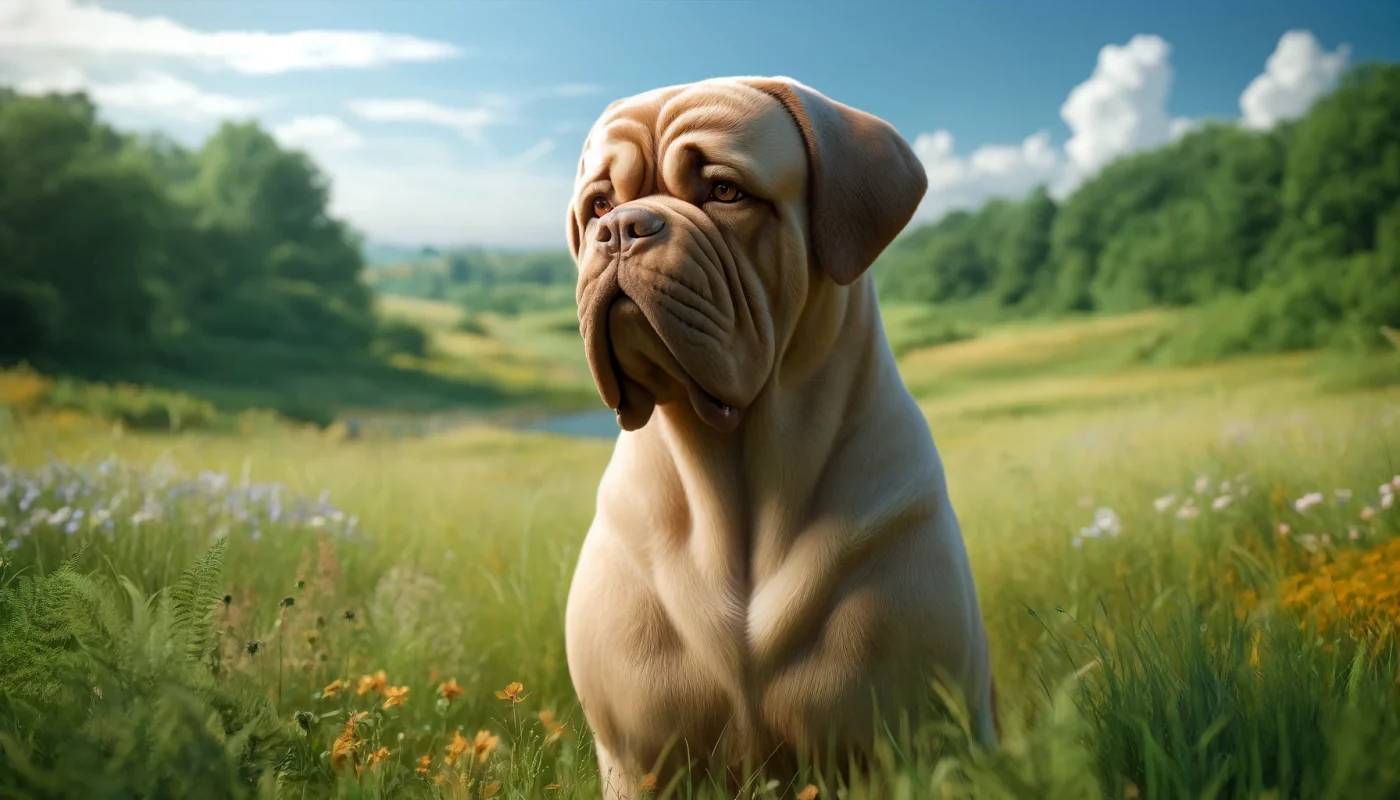
Light fawn is one of the more common colors seen in the Dogue de Bordeaux. This shade can range from a pale, sandy color to a slightly richer cream. Dogs with this coat color often have a uniformity in hue, which is only broken by their darker face masks and ears. Light fawn Dogues are particularly striking because of the contrast between their light coat and the typical dark pigmentation on their lips, nose, and eye rims, which is required by the breed standard. This color tends to reflect sunlight beautifully, making these dogs almost glow on bright days. The serene appearance of light fawn Dogues makes them favorites among those who prefer a softer-looking giant breed.
2. Golden Fawn

Golden fawn Dogues de Bordeaux have a rich, warm, golden-toned coat. This color is deeper than light fawn and has a radiant quality that highlights the muscular definition of the breed. Like their lighter fawn counterparts, golden fawn Dogues have dark face masks that enhance their expressive eyes and add a noble aspect to their appearance. The golden fawn color is highly desirable in the show ring due to its striking presence and the way it complements the dog’s powerful physique. This coat color can range from a medium gold to a deep, rich amber, making each dog distinctly beautiful.
3. Red Fawn
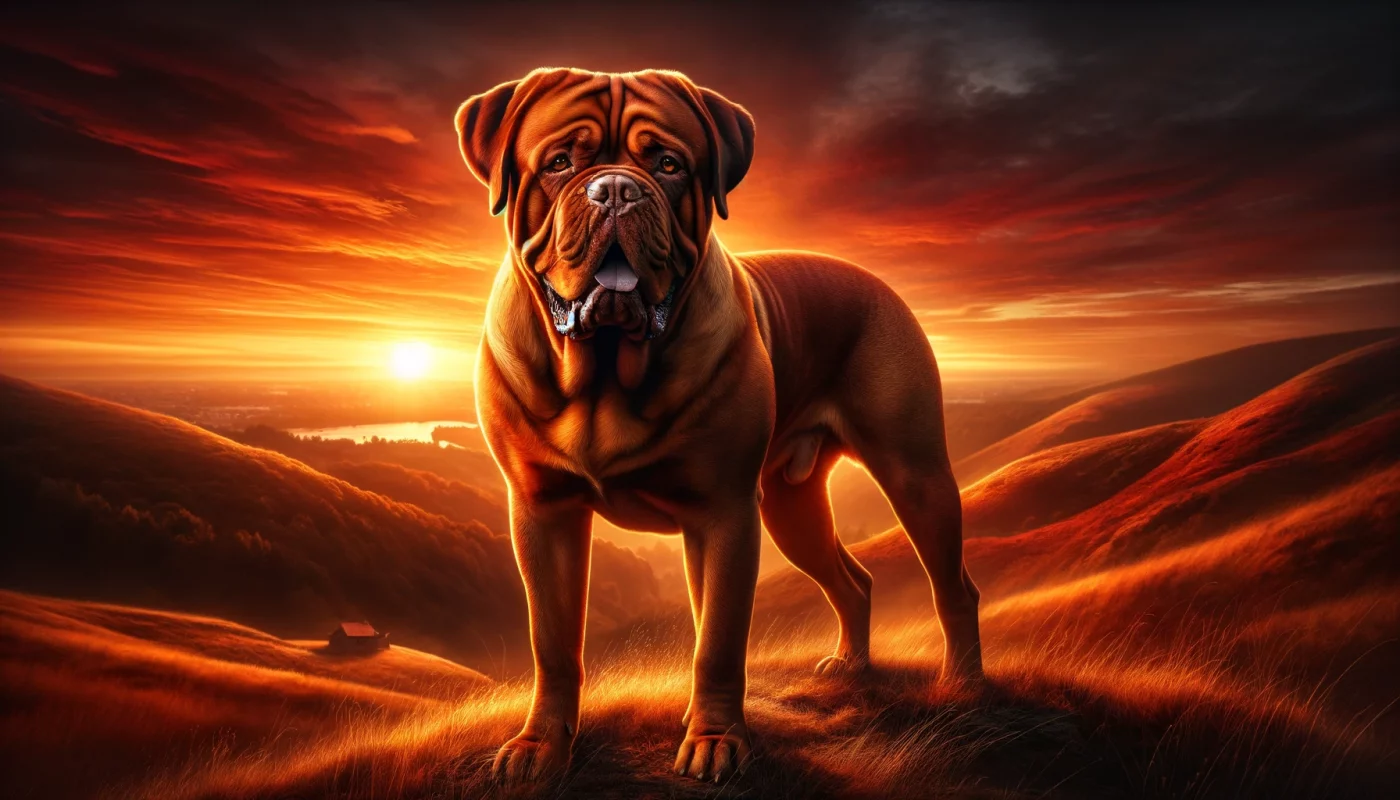
Red fawn Dogues sport a coat that contains hints of deep rust and copper. This color variation brings out the regal bearing and strength inherent in the breed’s stature. Red fawn can vary significantly in intensity, with some dogs displaying a bright coppery tone and others wearing a deeper, more subdued hue. The richness of the red fawn coat is enhanced by sunlight, which can turn these dogs into stunning figures of fiery elegance. As with other fawns, the dark mask is present, providing a striking contrast that highlights the breed’s powerful head and serious expression.
4. Mahogany

Mahogany refers to the darkest fawn shade available in the Dogue de Bordeaux, verging on a reddish-brown. This deep, rich color is highly prized for its beauty and rarity. Mahogany Dogues de Bordeaux appear almost as if they are cloaked in shadows, with their coats absorbing light rather than reflecting it. This coloration is particularly effective at highlighting the dog’s massive, well-muscled build and imposing presence. The dark pigment of the face, which is essential in all Dogues, appears even more pronounced in mahogany-colored dogs, contributing to their intense, watchful gaze.
5. Isabella

Isabella, a dilute of red fawn, is a rare and unique color in Dogue de Bordeaux. This coat color has a pale, silvery-fawn shade that can sometimes appear almost lilac under certain lighting conditions. Isabella Dogues are rare and often draw attention due to their unusual and striking appearance. The contrast with the dark mask is less pronounced in Isabella dogs, giving them a softer expression compared to their darker-coated brethren. While beautiful, this color is not commonly seen in the show ring, partly due to its rarity and partly because it does not fit the preferred color profile for many judges.
6. Brindle
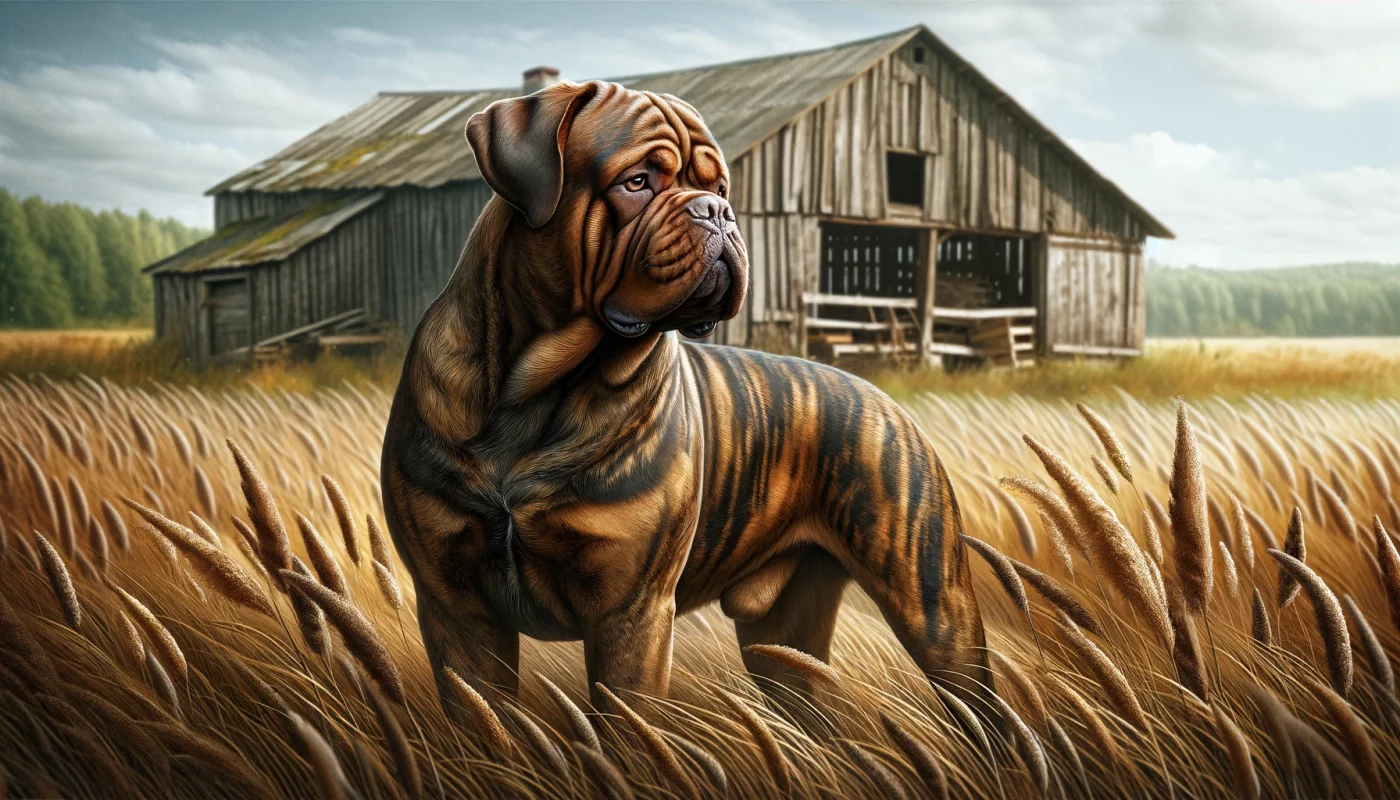
Brindle Dogues de Bordeaux feature a coat patterned with stripes of darker pigment over a lighter base color, typically fawn. This striped effect can vary in visibility, from subtle to quite bold, depending on the individual dog. Brindle is considered a standard color variation and is accepted in show rings, though it is less common than the solid fawn shades. The brindle pattern adds a layer of depth to the Dogue’s coat, accentuating their muscular definition and imposing stature. It is a coloration that echoes the breed’s historical use as a guardian and hunting dog, given its camouflage capabilities in wooded areas.
7. Piebald
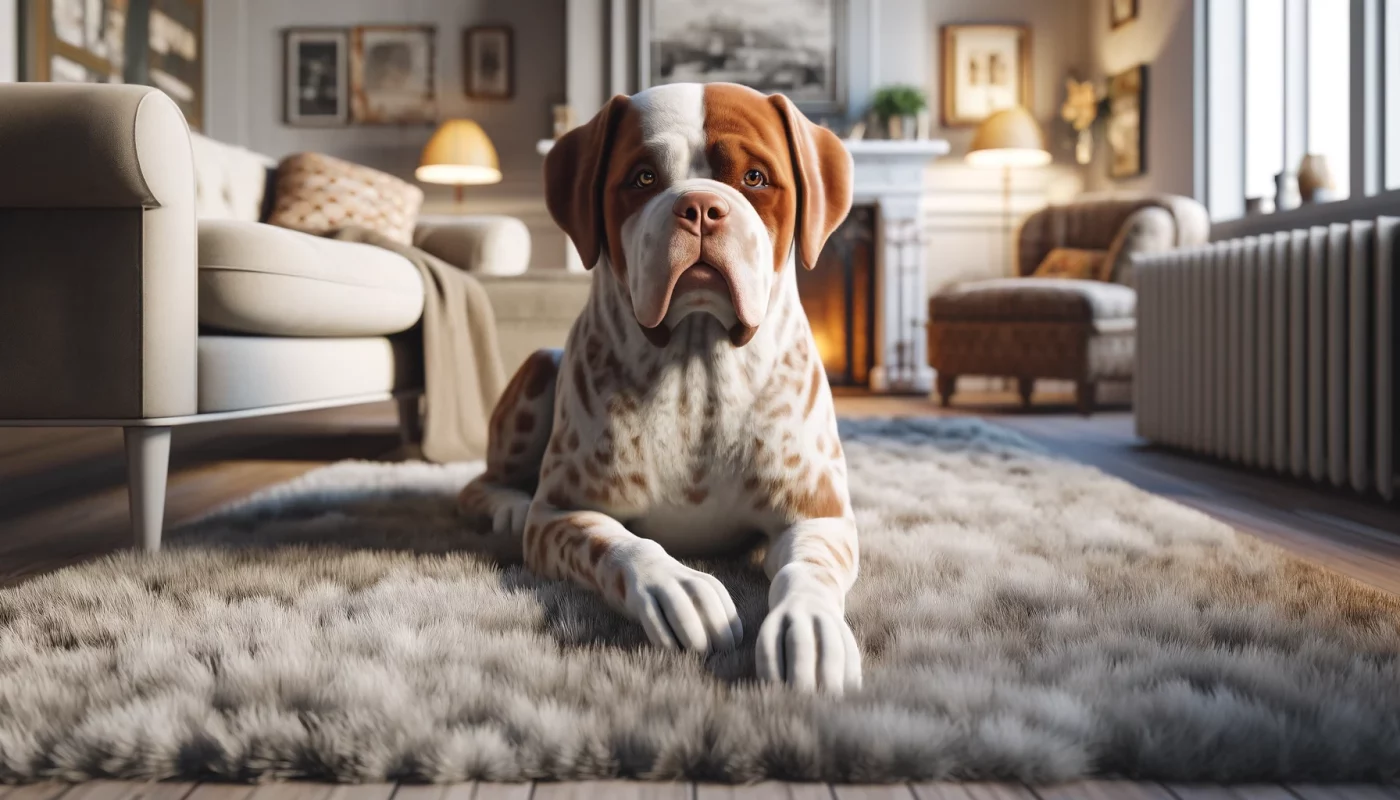
Piebald, which includes patches of white due to a lack of pigmentation, is not a standard or particularly desired coloration in Dogue de Bordeaux and is generally viewed as a fault in show dogs. However, piebald Dogues can still be found within the breed. These dogs will have irregular white patches over their body, which can vary greatly in size and placement. While not competitive in a show environment, piebald Dogues de Bordeaux are still loved by those who value the breed for companionship over conformity to breed standards.
In conclusion, the Dogue de Bordeaux showcases a beautiful range of fawn to mahogany colors, each bringing its own distinctive beauty to one of the most respected and adored breeds in the canine world. Whether preparing for a show or simply enjoying a day out, these colors make the Dogue de Bordeaux a true standout, reflecting their powerful build and gentle temperament.
Frequently Asked Questions About Dogue de Bordeaux Colors
1. What is the most common color of the Dogue de Bordeaux?
The most common color of the Dogue de Bordeaux is fawn. This ranges from a light fawn to a rich, dark fawn, sometimes nearing mahogany. The light fawn varieties are more commonly seen and are characterized by a pale tan color, which beautifully highlights the breed’s muscular physique and distinct facial expression. The breed standard requires that all fawn-colored Dogues must have a black or red mask that emphasizes their expressive eyes and adds to the overall intensity of their gaze. This mask is one of the breed’s most recognizable features, making the fawn-colored Dogue de Bordeaux both appealing and striking in appearance.
2. Are there any colors not accepted in the Dogue de Bordeaux breed standard?
Yes, certain colors are not accepted in the Dogue de Bordeaux breed standard. Non-standard colors include blue, liver, and any dog with more than one-third white marking. These colors are considered faults and can disqualify a Dogue from show competitions. The breed standard specifically favors shades of fawn to mahogany, all with a required dark mask. The restrictions on color help maintain the traditional appearance of the breed, which is important for preserving breed integrity.
3. Can Dogue de Bordeaux have brindle coloring?
Yes, the Dogue de Bordeaux can have brindle coloring, though it is less common than solid fawn or mahogany. Brindle in this breed is characterized by dark stripes over a lighter base coat, typically a fawn color. This pattern can range from subtle to very pronounced. Brindle Dogues are accepted in the breed standard and can participate in dog shows. The brindle pattern adds a rugged look to the Dogue de Bordeaux, echoing its historical use as a guard dog and hunter.
4. What does a mahogany-colored Dogue de Bordeaux look like?
A mahogany-colored Dogue de Bordeaux has a rich, deep red-brown coat that is darker than the standard fawn. This striking color accentuates the breed’s robust build and serious demeanor. Mahogany Dogues often appear almost velvety due to the depth of their coat color. Like all Dogues, mahogany specimens should have a darker mask that enhances their keen, watchful expression. This color is highly prized in show rings for its beauty and rarity, making it a sought-after variant among enthusiasts.
5. Is it common for a Dogue de Bordeaux to have a white coat?
No, it is not common for a Dogue de Bordeaux to have a white coat. White is not an accepted color in the breed standard, and significant white markings or a predominantly white coat are considered disqualifying faults. Typically, any white on a Dogue de Bordeaux should be limited to the chest and toes and must not cover more than one-third of the body. This stringent color criterion ensures the breed retains its characteristic appearance as defined by breed standards.
6. How does sunlight affect the color of a Dogue de Bordeaux?
Sunlight can affect the color of a Dogue de Bordeaux by causing the coat to lighten or fade, particularly in dogs with darker fawn or mahogany coats. Prolonged exposure to the sun can bleach the pigment in the hair, resulting in a lighter coloration that might initially seem undesirable for show dogs. To prevent significant fading, owners are advised to limit their Dogue’s exposure to direct sunlight for extended periods and to use canine-safe sunscreen on lightly pigmented areas.
7. What are the grooming requirements for maintaining the color of a Dogue de Bordeaux?
To maintain the rich color of a Dogue de Bordeaux, regular grooming is essential. This includes brushing the coat at least once a week to remove dirt and distribute natural oils throughout the fur, which enhances the coat’s natural shine and color depth. Bathing should be done sparingly, using a mild dog shampoo to prevent drying out the skin and hair, which can lead to dullness. Additionally, incorporating a diet rich in omega-3 fatty acids can help maintain the luster and health of the coat.
8. Can Dogue de Bordeaux puppies change color as they grow?
Yes, Dogue de Bordeaux puppies can change color as they grow. Puppies that are born with lighter fawn coats may darken as they mature, developing into richer and deeper shades of fawn or even mahogany. Conversely, puppies that start with darker coats may lighten slightly as their adult coat comes in. Observing these changes can be fascinating for owners, as the true coat color and pattern settle only as the dog reaches physical maturity.
9. What genetic factors influence the color of a Dogue de Bordeaux?
The color of a Dogue de Bordeaux is primarily influenced by genetic factors that dictate melanin distribution in the coat. The MC1R gene plays a significant role in determining whether a Dogue will be fawn or darker, like mahogany. Another factor is the dilution gene, which can dilute the black pigment to a softer gray or blue, though such colors are not standard. Understanding these genetic influences can help breeders predict the coat colors of future litters and maintain breed standards.
10. What should potential owners know about the color implications for Dogue de Bordeaux health?
Potential owners should know that while coat color in Dogue de Bordeaux generally does not directly correlate with health issues, the genetic diversity involved in color variations can sometimes carry implications. For example, dogs with non-standard colors like blue or liver may have associated health risks such as skin problems or increased sun sensitivity. When choosing a Dogue de Bordeaux, it’s important for potential owners to consider breeders who prioritize health and standard colors, ensuring a healthy, well-bred puppy.

 1 week ago
14
1 week ago
14
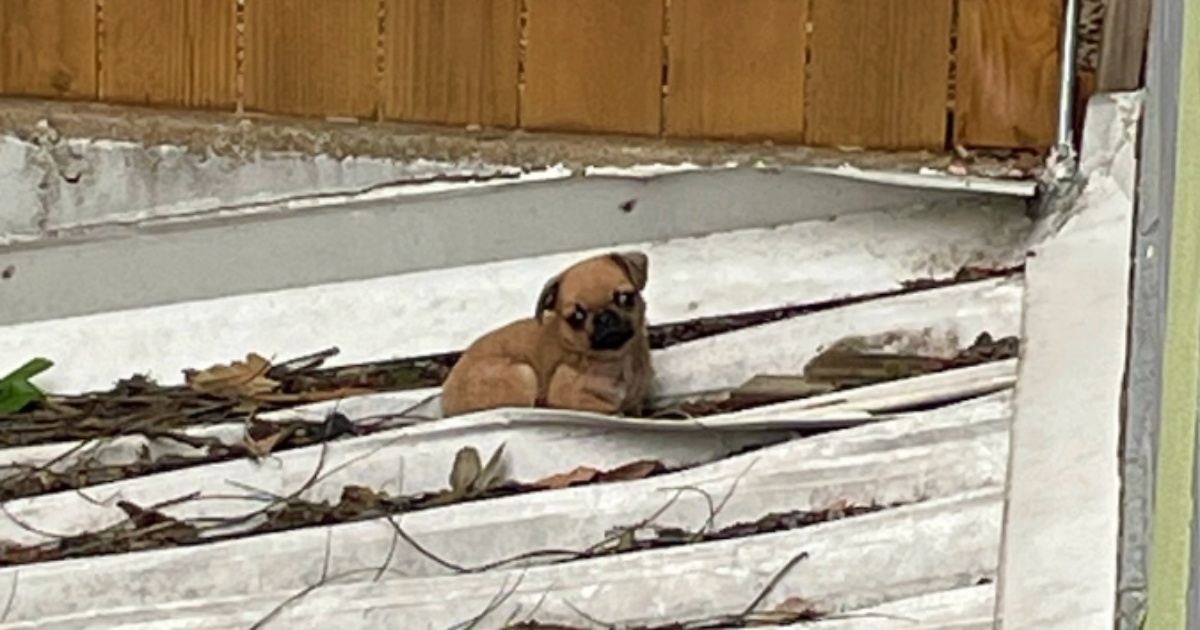
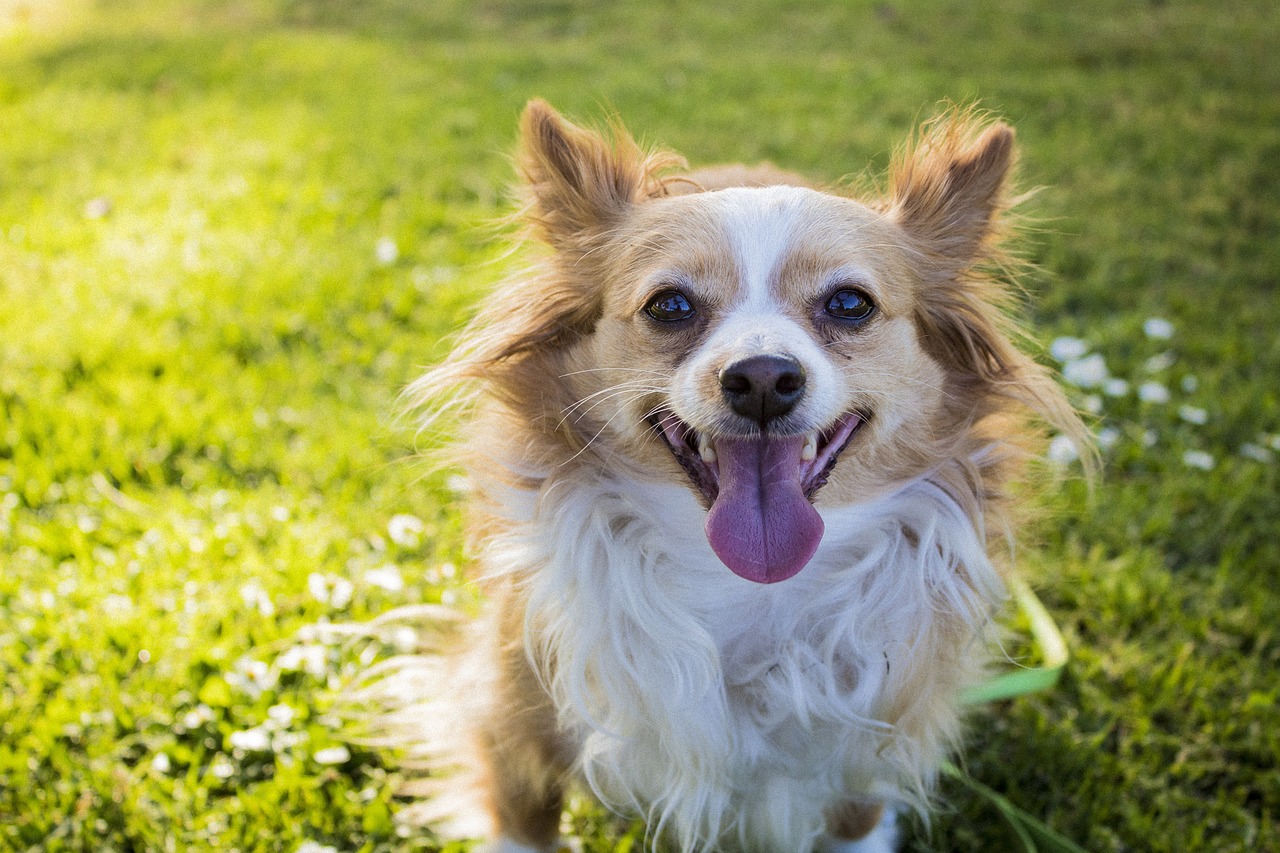
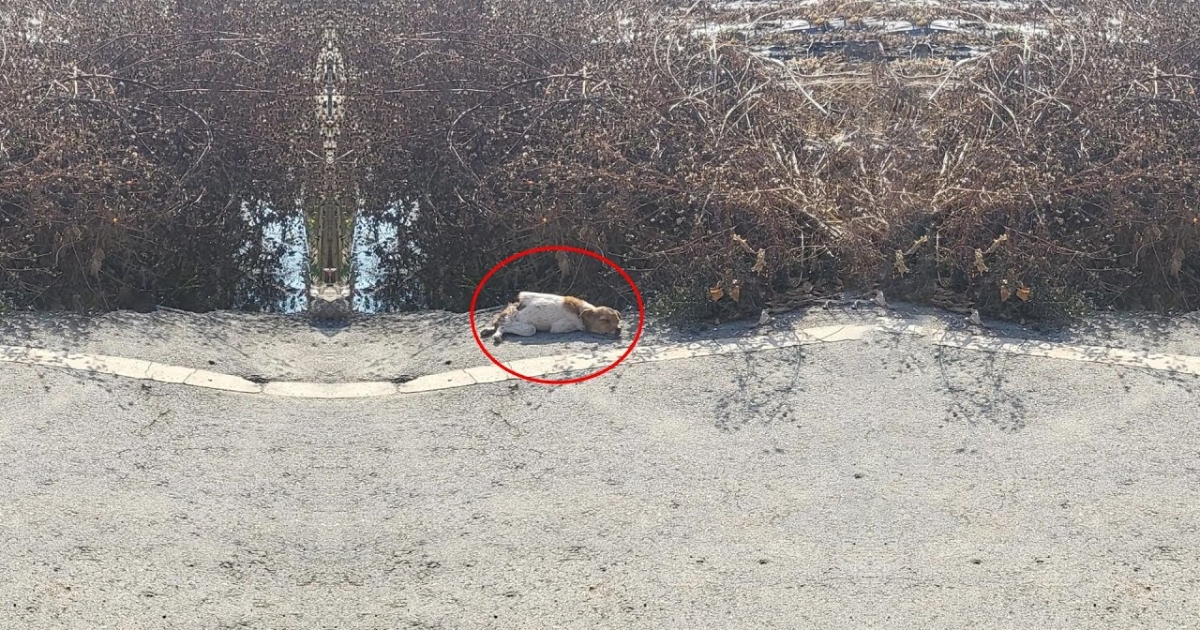
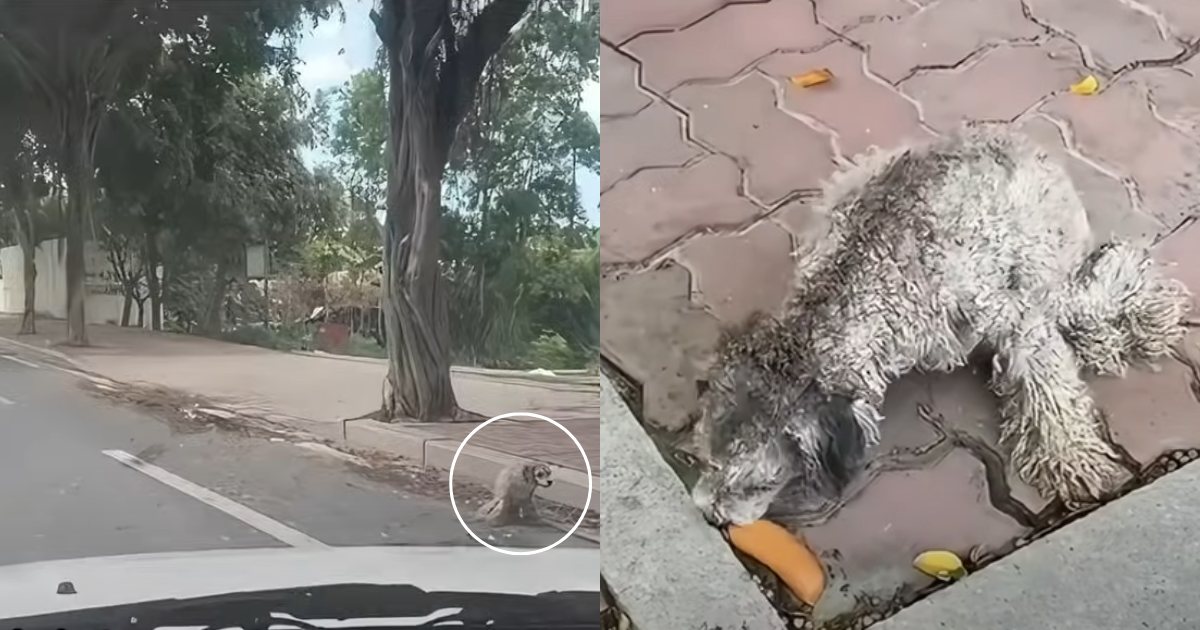

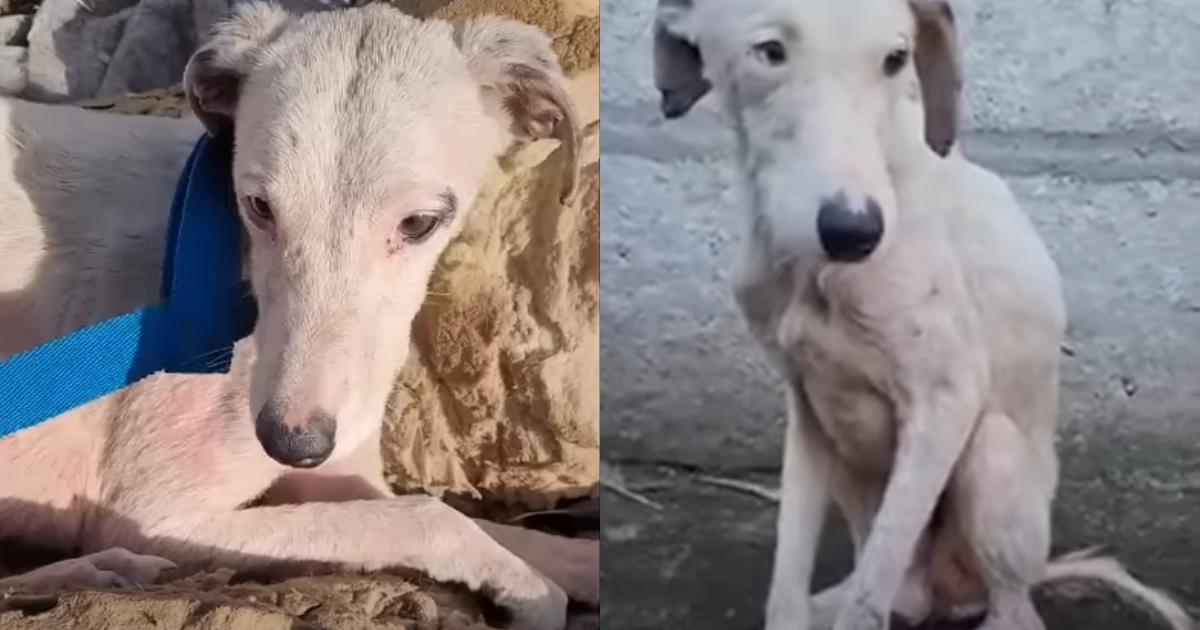
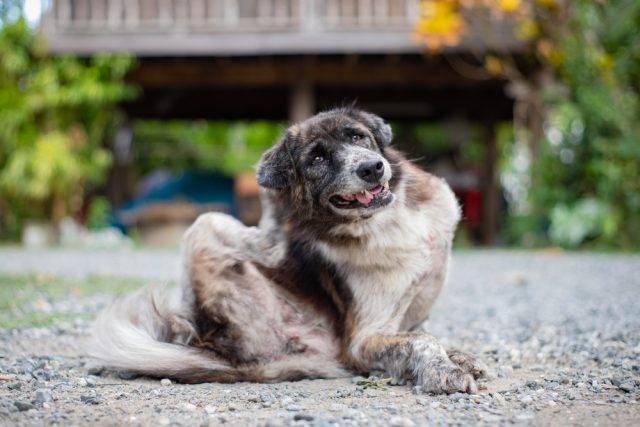
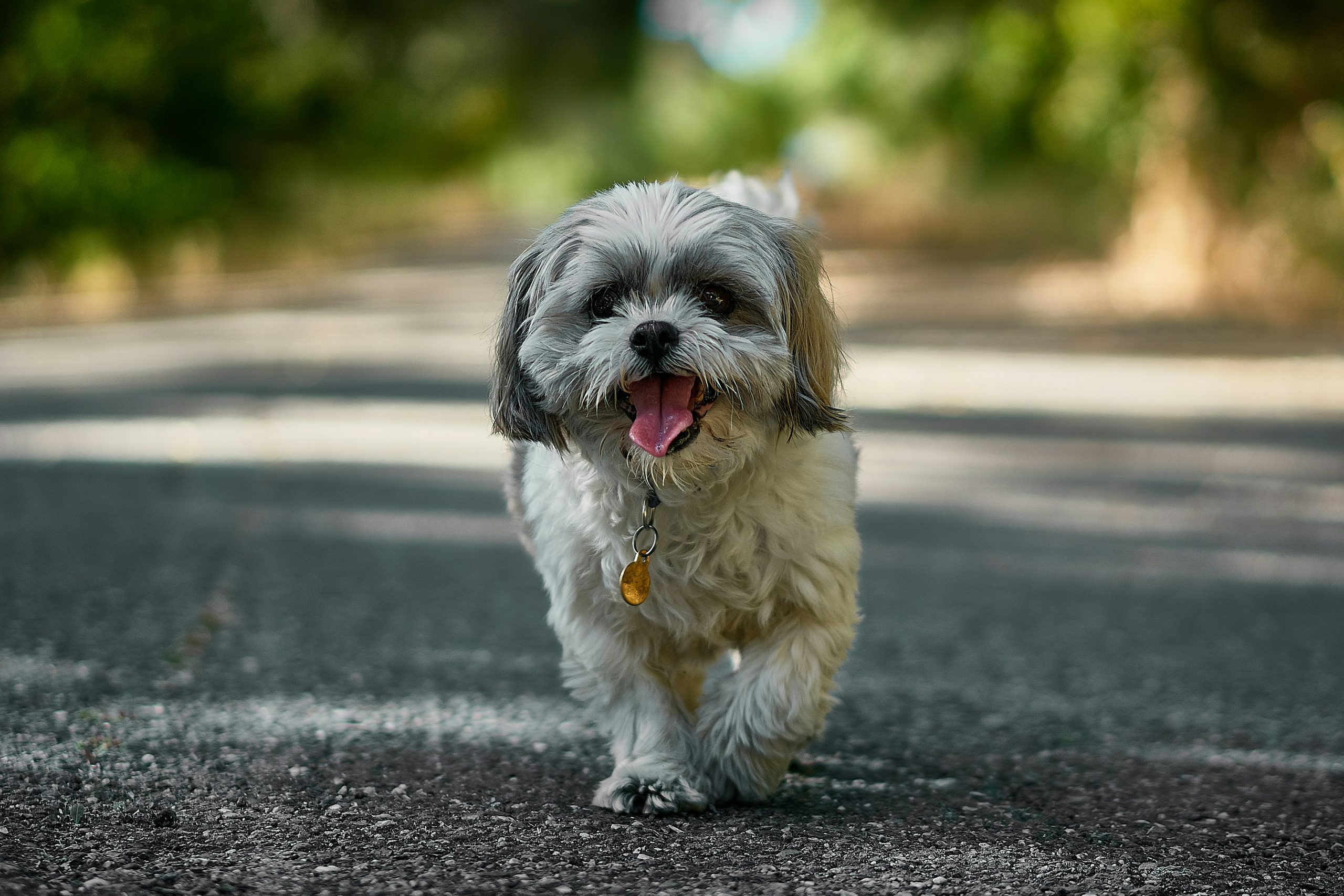
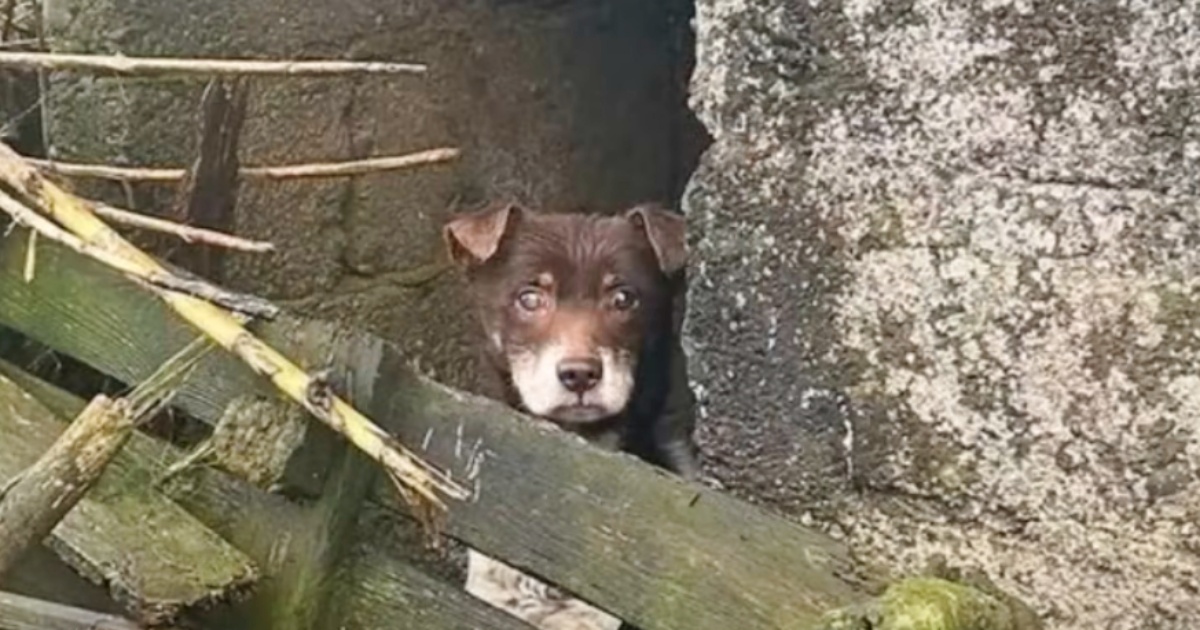
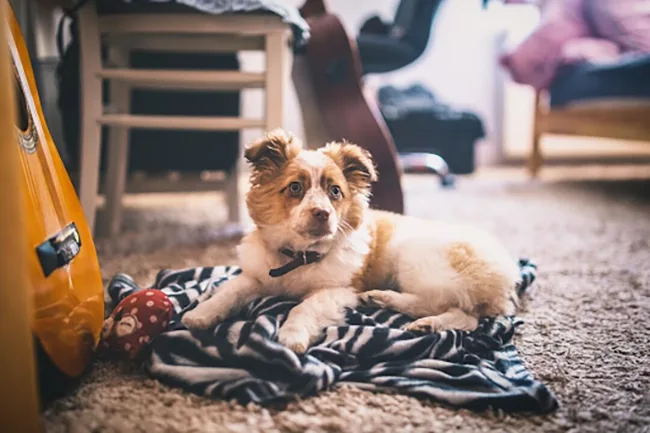
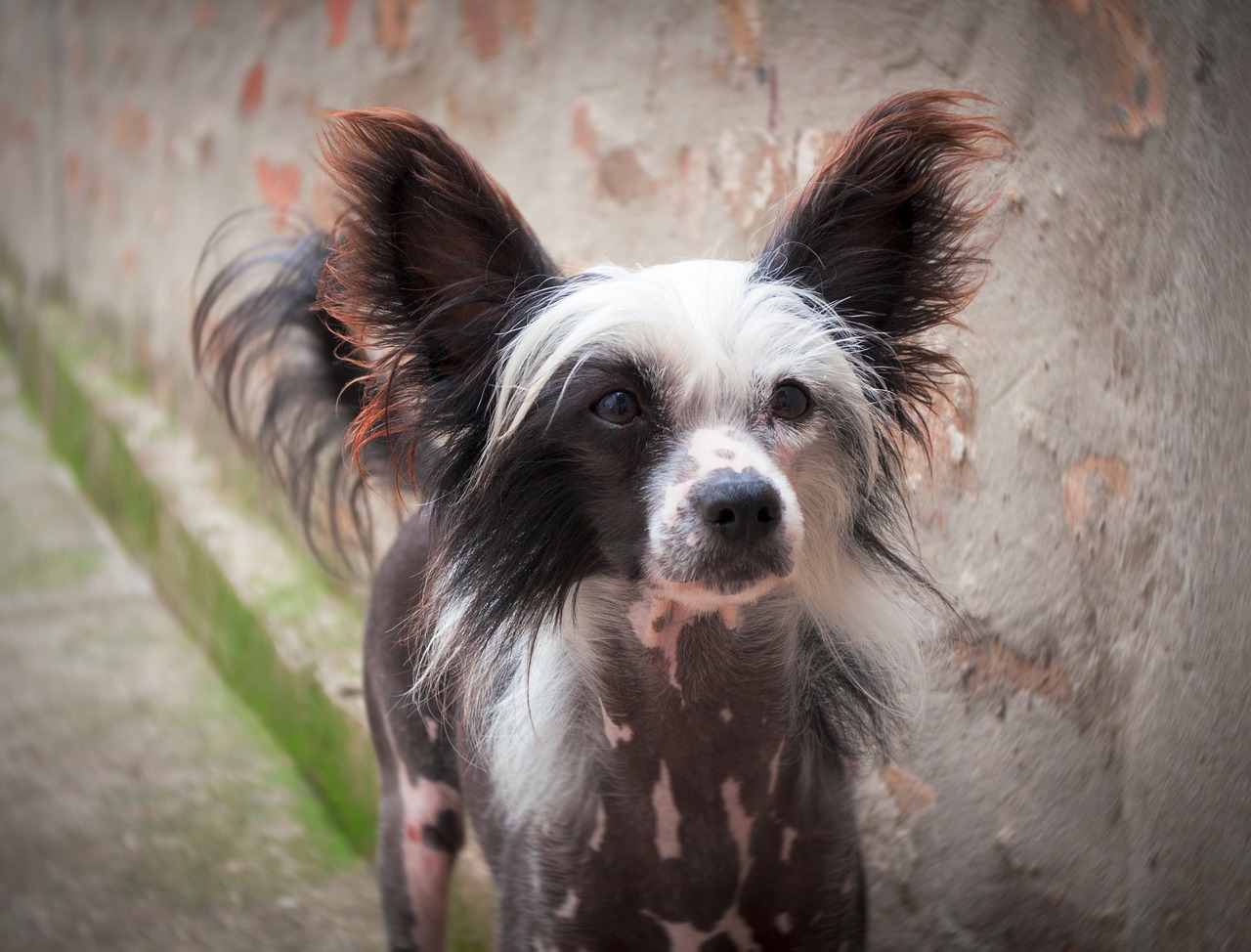


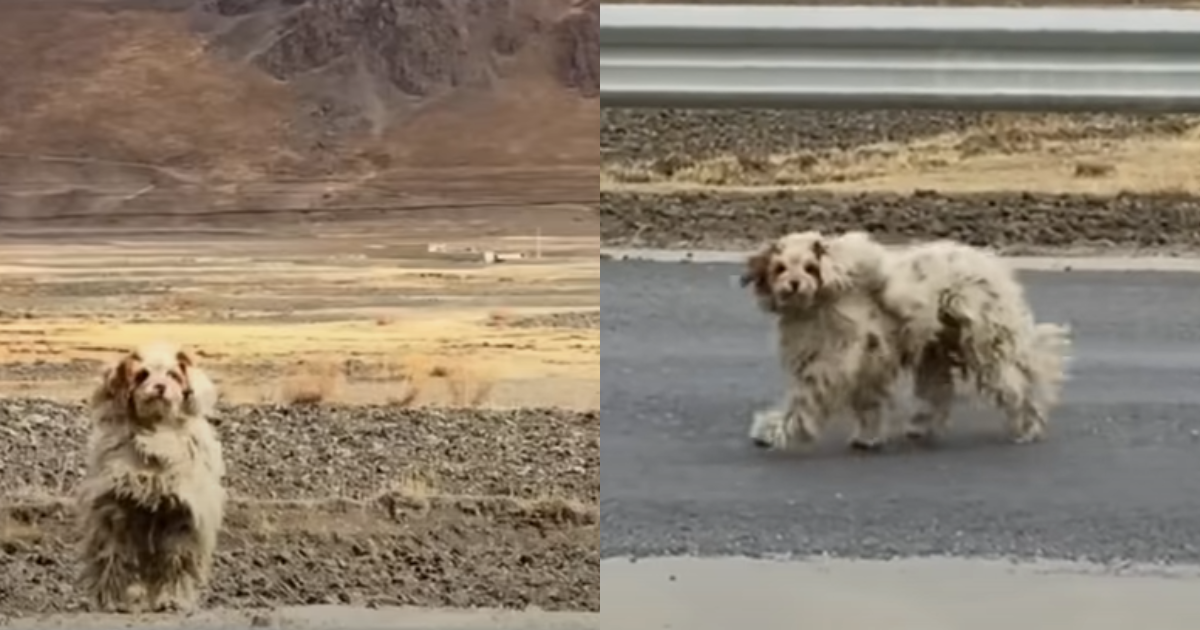

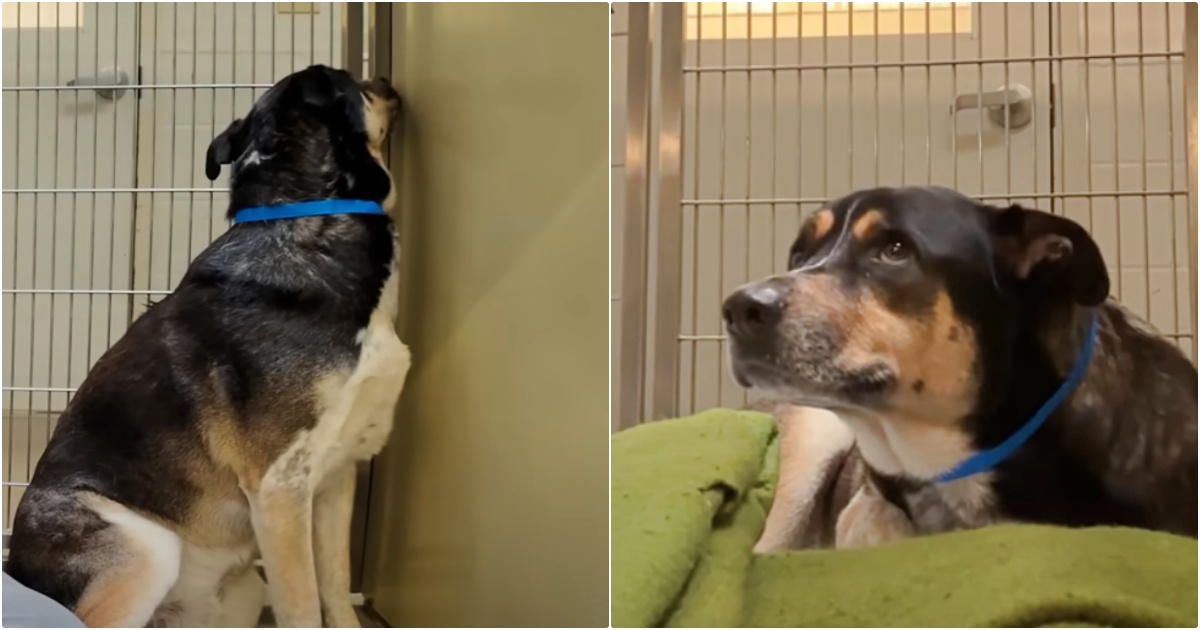
![Cost of a Borzoi Puppy by US Region [2024]](https://iheartdogs.com/wp-content/uploads/2024/04/borzoi-4950553_1280.jpg)
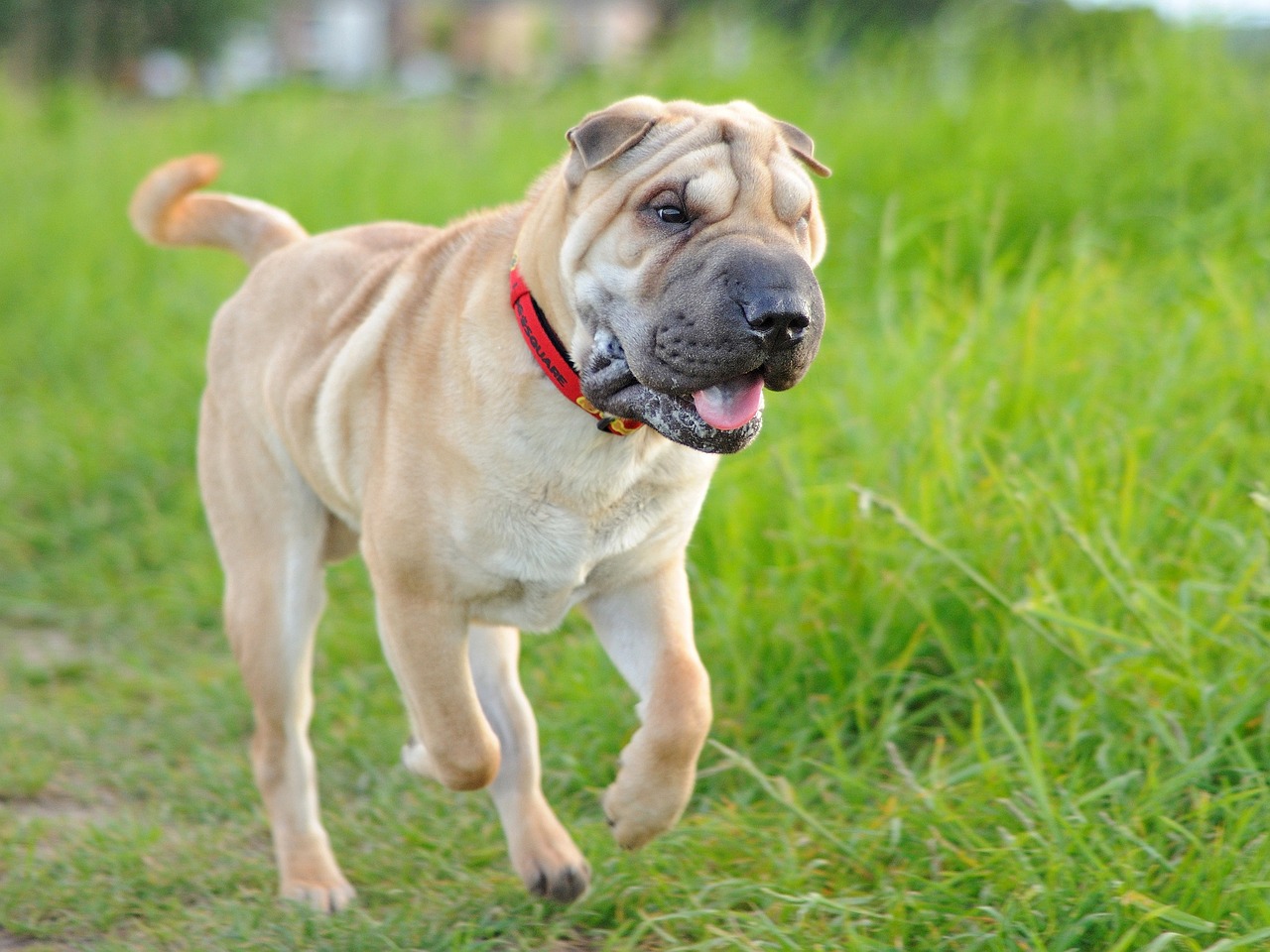
 English (US) ·
English (US) ·